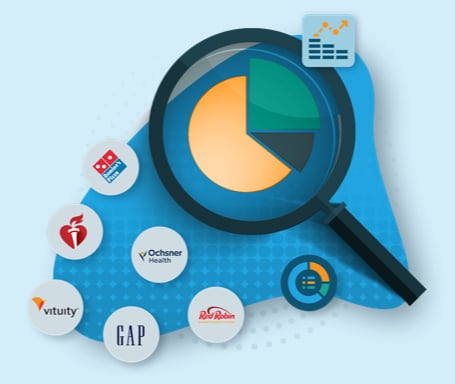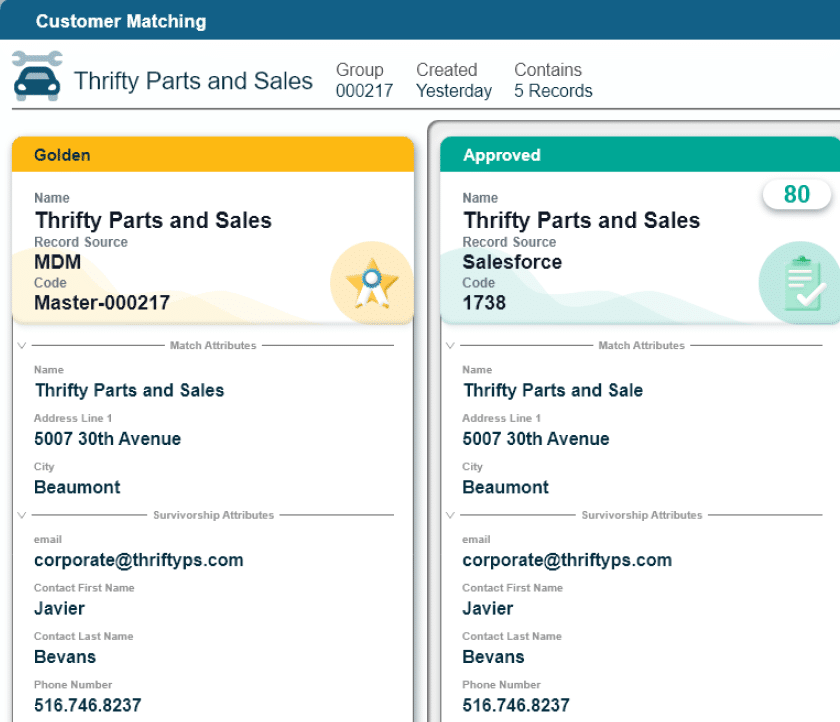In this three-part blog series, we dive into each component of the Definitive Guide to MDM Strategy. See the individual parts below:
6 key pillars for a successful MDM implementation:
Standards
As you discuss your processes for managing data, you also need to consider the standards that will govern them. Whether those are regulatory standards set by external parties or internal standards determined by your team, it’s critical to understand the guardrails for how you manage data.
In general, standards cover a wide variety of efforts. Standards can determine how you define a customer, which data elements you use, which values are valid for reference data, the benchmarks or KPIs you use to measure success — the options are limitless. The key to getting this pillar of your MDM strategy right is to get all of your stakeholders in agreement. That doesn’t mean you need agreement on every single aspect of your standards from day one, though. Rather, it means that you need to identify what’s most important (e.g. what is the definition of a product, what is the definition of a customer or what your data quality standards should entail) and ensure everyone agrees on that.
At the end of the day, the standards that your business follows will vary based on your industry, location, regulatory landscape and more, but that’s really what makes each MDM program unique, because every organization can have a different set of standards.
Why are Standards Important?
Standards are important for ensuring that you meet certain requirements around handling data. In the case of regulatory standards, adhering to standards is critical to avoid fines or other punishment for breaking the law.
And while the risks of not adhering to internal standards can seem far lower, those standards are often just as important. For instance, internal standards might help ensure consistency across the organization so that everyone stays on the same page as far as how to define, use and measure data. In turn, these internal standards can help keep data clean and accurate to avoid costly errors.
What is the Objective of Standards?
The objective of standards is to place guardrails around your processes to ensure you handle data in a way that meets any regulations and is consistent across your organization.
As you get started, you should consider what standards you already have in place, because if they are working, then you may not need to change them. From there, you can identify what your organization struggles with so that you can determine a solution. For example, if your organization has customer onboarding challenges due to invoicing issues, you may need to institute data quality standards that help collect more accurate data for billing.
In addition to looking at your current state, it’s also useful to look ahead to see if there are any additional standards you’ll need to address in the near future due to upcoming regulations or other data that you plan to bring into your system as you expand the scope of your MDM program. If there are standards you will need to address going forward, it may make sense to build them into your processes sooner rather than later.

Eric Melcher
Eric has spent the entirety of his 15+ year career working in the enterprise information management space. As Chief Technology Officer, Eric is responsible for all aspects of product management, development and support for Profisee’s software portfolio.















